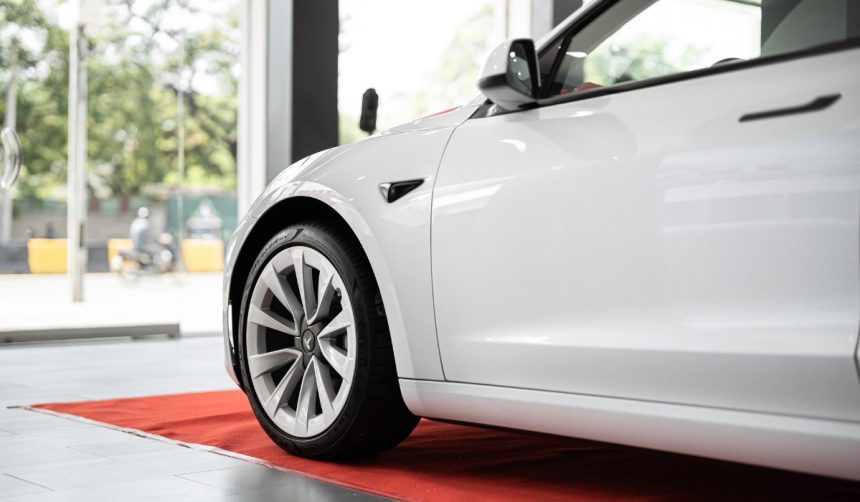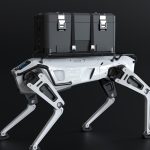Tesla is preparing to launch a limited Robotaxi pilot service in California’s Bay Area, a move anticipated to widen the landscape for autonomous vehicle trials within the United States. Select Tesla customers are expected to receive invitations for the self-driving ride program, allowing them to experience driverless transport across a significant portion of the Bay Area for the first time. Unlike traditional ride-hailing services, participants will use Tesla vehicles operated in autonomous mode but supervised by safety drivers who are ready to intervene if necessary. This step demonstrates Tesla’s intent to test its Full Self-Driving (FSD) technology in diverse, real-world urban environments. It has also prompted regulatory scrutiny, which may influence the pace and scope of fully autonomous services in the region.
Other leading technology and automotive firms, including Waymo and Cruise, previously trialed or operated autonomous ride services in the Bay Area and Texas, though safety incidents prompted reviews and restricted expansions. Tesla’s approach, employing safety drivers and limiting its pilot group, differs from earlier attempts at launching broader commercial autonomous taxi fleets. Compared to competitors who have had to scale back for further safety assessments, Tesla’s method in this release appears more cautious, possibly as a response to regulatory pushback and incidents involving other companies’ fleets.
How is Tesla Structuring Its Bay Area Robotaxi Program?
Tesla’s pilot will cover a substantial geofenced area, including Marin, East Bay, San Francisco, and San Jose. The program will operate as a paid ride-hailing service using Tesla vehicles equipped with advanced autonomy features and monitored by in-car safety drivers. These safety drivers are responsible for taking control of the vehicle if the autonomous system requires assistance, aligning with present regulatory requirements and ensuring public safety.
What Regulatory Considerations Are in Place for the Pilot?
California’s Department of Motor Vehicles (DMV) has engaged in discussions with Tesla regarding the pilot, but the company has yet to file a formal application to operate fully driverless cars on public roads. Regulatory bodies are monitoring the progress of this initiative closely. As stated by a Tesla representative,
“We are cooperating with local authorities and following all necessary guidelines as we evaluate the performance of our Robotaxi service with safety drivers in place.”
The measured rollout strategy reflects ongoing efforts to satisfy government safety standards while gathering operational data.
Is Tesla Planning Further Robotaxi Expansion?
Company executives indicated that Tesla aims to broaden the reach of its Robotaxi service following the Bay Area pilot, contingent on regulatory approvals and successful pilot outcomes. The intention to eliminate safety drivers over time remains, pending official consent. Tesla’s Vice President of Autopilot/AI Software Ashok Elluswamy highlighted,
“The next thing to expand would be in the San Francisco Bay Area. We are working with the government to get approval here and, in the meanwhile, launch the service without the person in the driver seat just to expedite and while we wait for regulatory approval.”
The current trial will inform both technical improvements and potential legal pathways for subsequent launches in additional markets.
Interest in automated ride-hailing remains high, particularly as urban areas seek to balance innovation with public safety. Major players continue to refine their self-driving technology, but the pace and nature of expansion rely heavily on local regulatory environments. Tesla’s measured introduction, starting with a restricted customer base and close oversight, may signal a cautious evolution in the industry’s approach to large-scale autonomous vehicle deployment. Observers will watch closely for any change in regulatory policies or operational outcomes that might affect broader adoption.
The readiness of Tesla to trial its Robotaxi service in the Bay Area demonstrates both opportunities and ongoing hurdles for widespread autonomous vehicle usage. The company’s pilot structure—employing safety drivers and concentrating on select urban corridors—could provide valuable feedback for policymakers and the company’s technical teams. As the sector has seen setbacks when expanding too rapidly, Tesla’s incremental progress could help avoid similar challenges. Readers interested in emerging mobility options should note that real-world deployments often evolve more slowly than initial promises, particularly where laws, safety, and public perception intersect. For now, consumers and industry watchers alike can expect a period of cautious expansion, reflection, and continued assessment.










